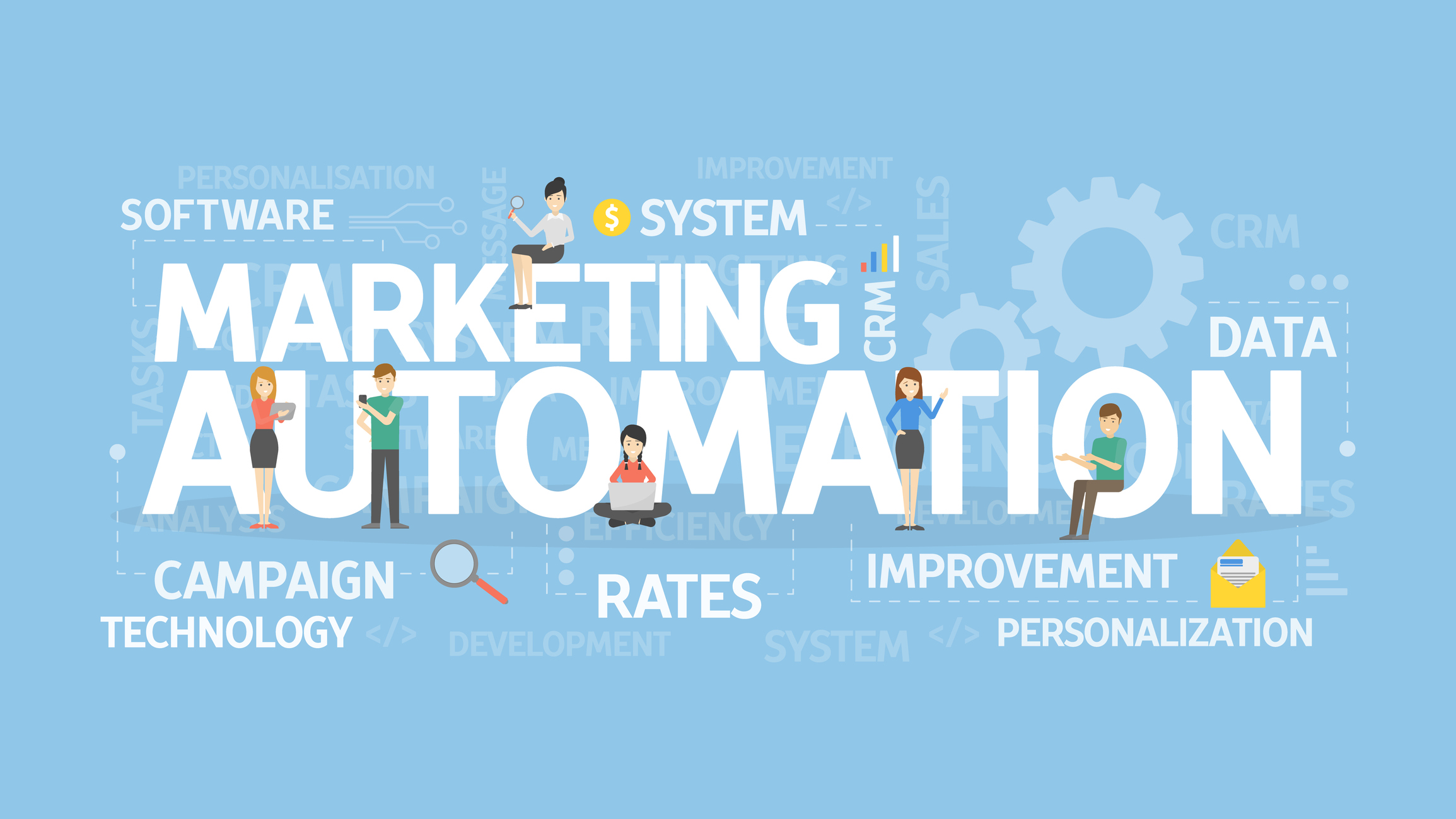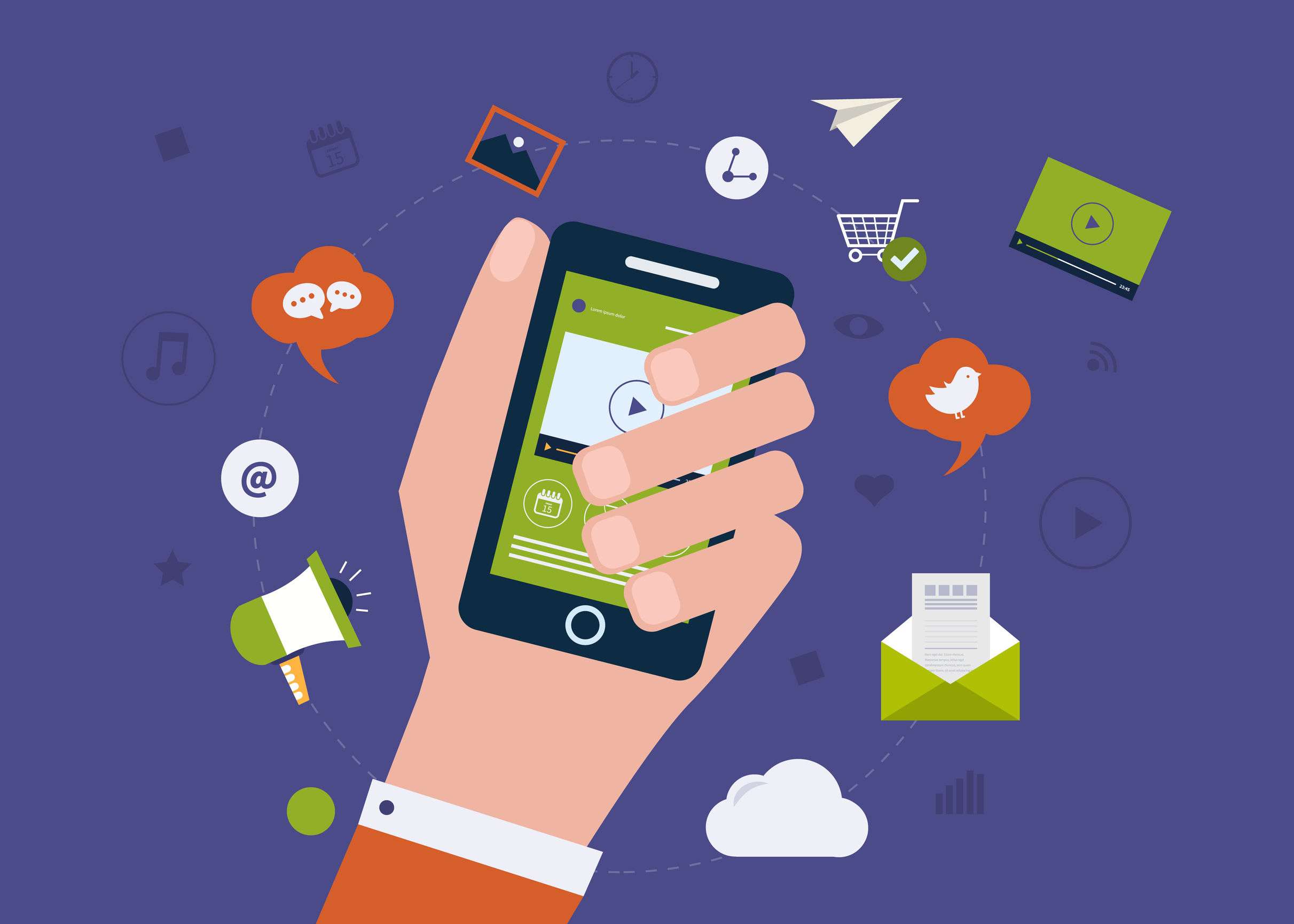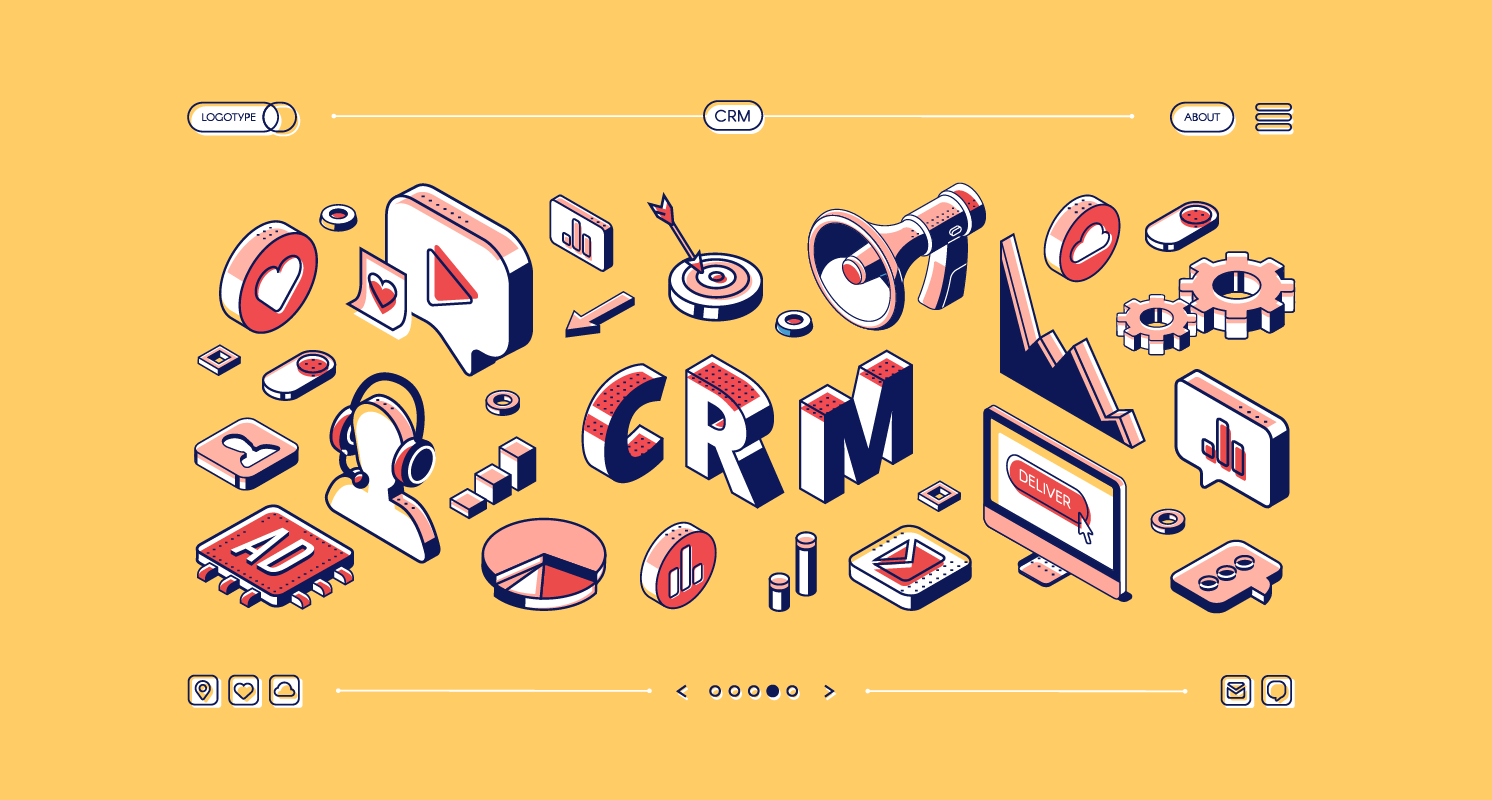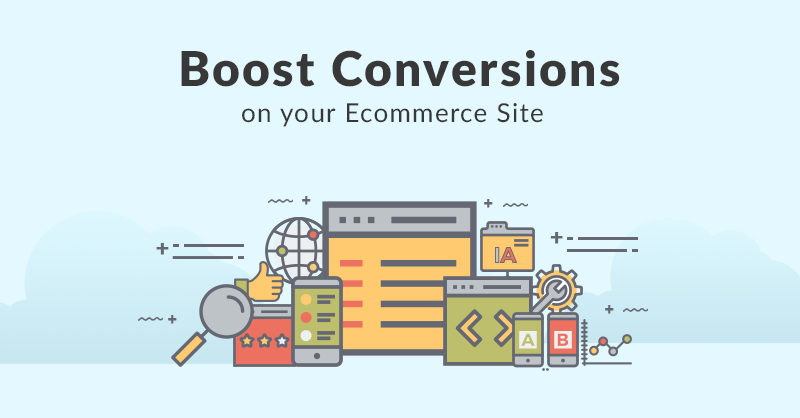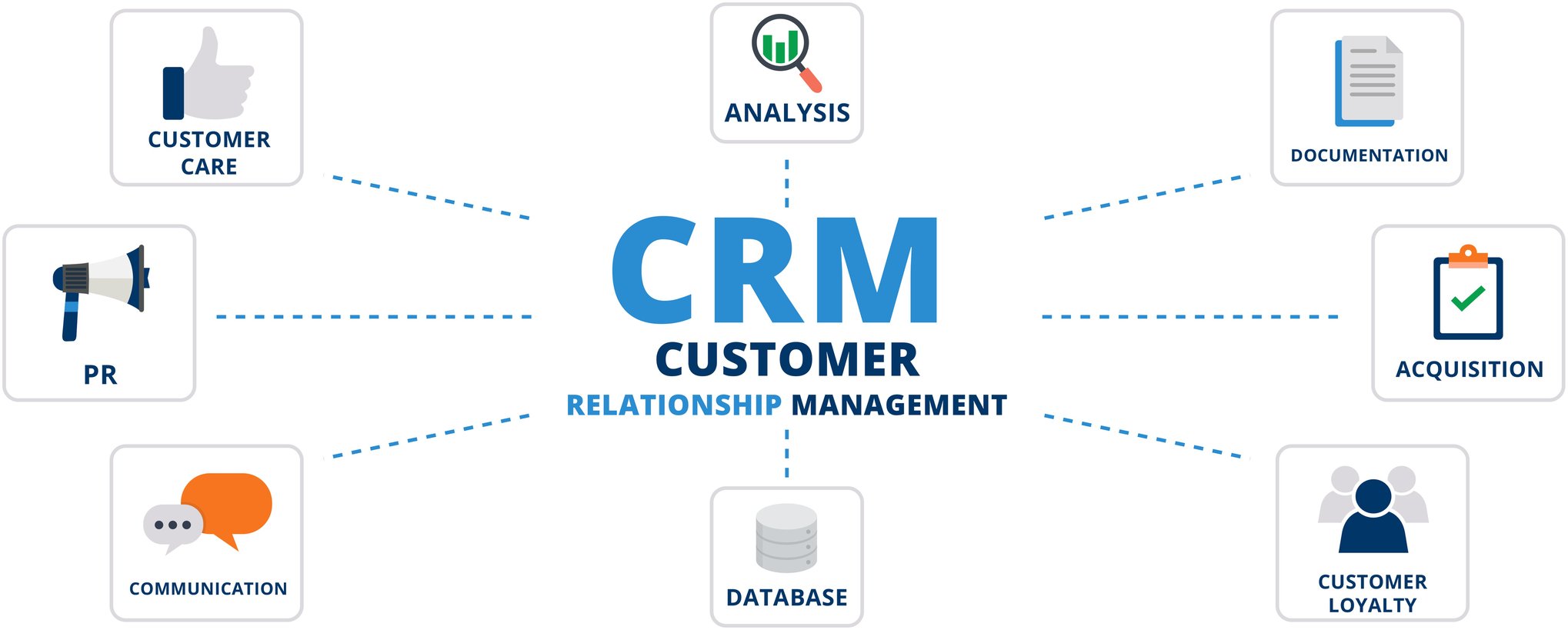
In this section, we’ll look at some of the best practices for implementing conversational marketing in your company.
- Proactively engage site visitors in conversation
- Personalize the shopping experience for each customer
- Take advantage of automation
- Use it to find new client
- Make use of both automation and real-time chat to improve customer service
- Interact with customers in order to gain insights
- Connect your customer relationship management system to your conversational tool
Proactively engage site visitors in conversation
Create a welcoming message to encourage people to use the chat function. You can also target specific landing pages where you know visitors need your help or a little push.
Personalize the shopping experience for each customer
In the event of a new visitor, a returning customer, or a particular page being viewed, you can create triggers to provide relevant assistance. Because of this, every visitor’s experience is different and is determined by their choices.
Take advantage of automation
Your workload can be reduced and visitors won’t feel like they’re being completely ignored if you use simple automated responses to answer frequently asked questions. Even if you have a small sales team, your sales cycle will be significantly faster.
Use it to find new client
Lead generation can be accomplished through the use of conversational marketing. Then, you’ll be able to look into other marketing avenues (email marketing, Facebook retargeting, SMS, WhatsApp, etc.). We are dealing with a real multichannel approach here.
Make use of both automation and real-time chat to improve customer service
There is no need to choose one over the other! One method speeds up and scales customer service, while the other provides better service.
Interact with customers in order to gain insights
By talking to your customers, you can learn a lot. Market research can be done at this time, and you can ask questions if you wish. Get to know your customers and find out where they have issues.
Connect your customer relationship management system to your conversational tool
As a result, you will be able to make use of the conversation’s first-party data. To further customize the conversation and enhance your multichannel communication, you can use order history and website interaction data.
Getting Started with Conversational Marketing
Isn’t conversational marketing a valuable addition to your marketing strategy? The following is the most important advice we can give you before diving in.
- In terms of channels and objectives, start with what you can cover and expand as you learn and grow. Alternatively, you run the risk of spreading yourself too thin.
- Define the customer experience you want to provide and the touch points you need to achieve it. At each stage, think about what information the customer needs and how you can improve your website in order to get them to buy from you.
- To maintain a consistent brand image and quality, it is important to prepare scripts or at least rules for customer communication in various situations.
- Automate the customer experience if you don’t have the ability to provide live chat. Although it’s not a real conversation, the content would be more personalized and timely.
- Your team should create a single shared inbox for all communication methods (such as social media, website chat, and messaging apps).
To improve the customer experience, conversational marketing enables customers to communicate directly with your staff. Even in its most basic form, it has the potential to improve your conversion rates and customer satisfaction.

